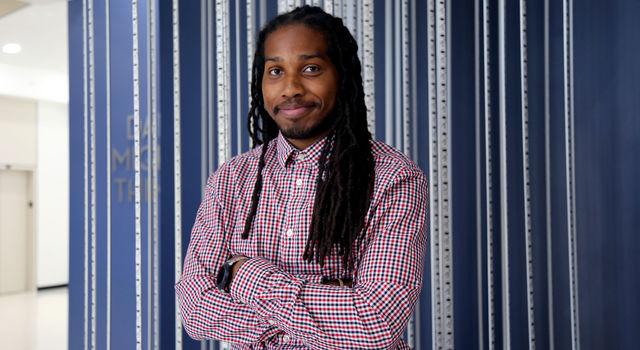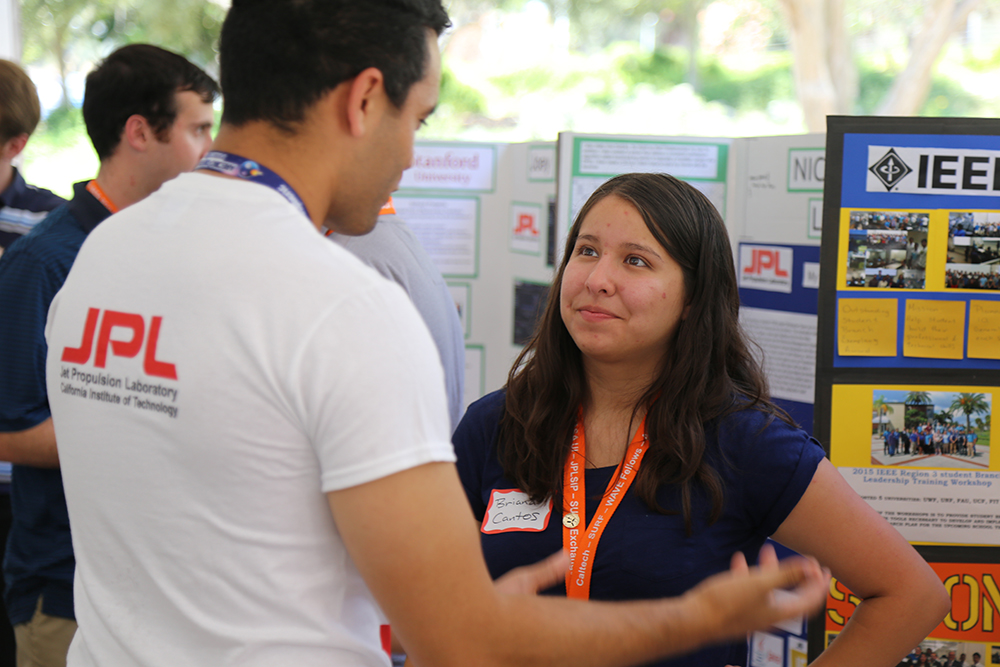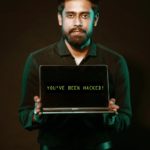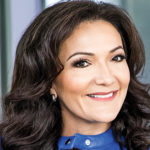
Jet Propulsion Laboratory California Institute of Technology
By Kim Orr
Meet the Interns, August 22, 2016 —

Brandon Murphy is one of many interns who were hired into full-time positions this year at JPL. Their transition from interns to employees shows the importance of NASA’s pipeline strategy. Image credit: NASA/JPL-Caltech/Kim Orr
Brandon Murphy’s family was well accustomed to his months-long jaunts to Virginia, Florida and Texas, the home of whichever NASA facility had offered him an internship that semester. Freshly inspired and equipped with new skills, yet a little homesick, Murphy always returned to North Carolina, where he’d lived and gone to school since the age of 12.
But when his fifth NASA internship rolled around in the spring of 2016, a dream opportunity at the agency’s Jet Propulsion Laboratory in Southern California, Murphy sat his family down and told them he wouldn’t be coming home this time.
“I packed up my entire house, put it on the back of a truck, and had them ship it here. Then I drove 36 hours from North Carolina to California in El Niño,” said Murphy, who at the time was still finishing up his master’s in computer science at North Carolina A&T State University.
A few years earlier, in the hope of improving his career prospects and “making a difference in the world,” Murphy had set his sights firmly on finding an internship – and eventually, a career – at NASA. When shortly after applying for an internship he got a call from the agency’s Wallops Flight Facility in Virginia, he couldn’t believe it. “At first I thought they were joking. I was like, you’re kidding me. You said NASA, right?”
He accepted almost immediately and spent the next four months developing visualizations and software for an airborne mapping instrument. It didn’t take long before he was hooked. “Ever since [that first internship], I applied at NASA every semester and some opportunities showed up that I didn’t even apply for,” said Murphy.
So when he got an internship offer from his top choice, JPL, with just months to go before earning his degree, Murphy decided to risk it all. “I just took a risk and said, I’m going to come to JPL, put my best foot forward and fingers crossed a full-time position opens up for me.”
His parents, military veterans who had tried to instill the values of minimizing risk were understandably worried. But six months after arriving at JPL, and on the eve of his sixth and final internship, Murphy got the position he was waiting for: a full-time gig in JPL’s cyber security group hunting for threats to the laboratory’s systems and developing defenses against them.
Diversity in the Pipeline
Murphy’s story is exactly the kind Jenny Tieu is hoping to see more of at JPL. As one of several program coordinators in the laboratory’s Education Office, which brings hundreds of interns and fellows to JPL each year, Tieu focuses specifically on reaching underrepresented students, like Murphy, and bringing them into NASA’s pipeline – a cadre of workshops, internships and professional development designed to produce the next generation of scientists and engineers.
Internships are an important piece of that pipeline, providing hands-on experience and a foot in the door. Once in the pipeline, students are more likely to end up with a career at a NASA center. This year, for example, close to half of JPL’s new employees who recently graduated from college started at the laboratory as interns or fellows, a new record.

Graduating seniors present their research during a poster session at JPL in August 2016. The poster day is one of a number of strategies JPL is using to bring students through the final step in NASA’s pipeline, a full-time job. Image credit: NASA/JPL-Caltech/Lyle Tavernier
But more than just shape the workforce that will design the spacecraft of the future and explore new worlds, the pipeline is, “a great opportunity to cultivate a community of diverse thinkers and innovators who bring unique perspectives from a multitude of backgrounds,” said Tieu.
Promoting diversity in the pipeline involves a number of strategies by JPL and other NASA centers to reach out to schools that enroll high numbers of students who aren’t typically well represented in science, technology, engineering and math (STEM), and partner with organizations working to get students involved in those fields.
One agency-wide program, the Minority University Research and Education Project, or MUREP, is what gave Murphy a chance to explore several careers at NASA – and helped him stand out.
“The combination of all the experiences and opportunities that Brandon had at different NASA centers really helped solidify his experience and make him a prime candidate for a full-time position,” said Tieu. “This is really the work of the MUREP community coming together as a team to provide opportunities and prepare students for the workforce.”
Creating diversity is not without its challenges, though. Perhaps the biggest hurdle is simply making sure students know that opportunities exist for them at NASA. The Education Office and its counterparts across the agency are constantly in search of new ways to reach out to students and encourage them to apply.
In his own way, Murphy is too. He says of his six internships, it was important for him to not only do well for himself, but also for his school, a Historically Black College and University (HBCU), so places like NASA would continue to seek out interns there. Already that attitude has paid off for at least one classmate who recently stopped Murphy in the school’s computer lab to thank him for setting a good example.
“He said, ‘I just wanted to thank you, because when [NASA Johnson Space Center] called to offer me an internship, they said that because of the work you did, they sought other students from A&T,’” said Murphy. “I was like, wow. He’s really going to get an opportunity to experience the great things that I experienced because I got there and put my best foot forward.”
When the Pipeline Ends?
The ultimate goal of the pipeline is to turn students who are interested in STEM into scientists and engineers. But what happens once the former interns are hired comes down to efforts at each NASA center to wrap them into the unique culture.
In recent years, JPL has built a strong supportive community for employees who are new to the professional world, offering mentorship and networking opportunities that help with retention. Meanwhile, Tieu and others in the Education Office stay connected with former interns and provide them with resources and help from support groups.
Murphy catches up with Tieu midway through his first week as a full-time employee at JPL. The laboratory’s Education Office keeps in touch with former interns even after they’re hired to help ease them into professional life.
So far, for Murphy, who just started his full-time job last week, it feels like everything fits just right. “This is the place that I really feel comfortable in the work that I’m doing and I see the overall goal, the bigger picture,” said Murphy. “If this is how work is going to be for the rest of my career, I could get used to this.”
His parents have gotten used to it, too. “My mom’s really spilling it all out on Facebook, so I know she’s proud of me,” said Murphy.











